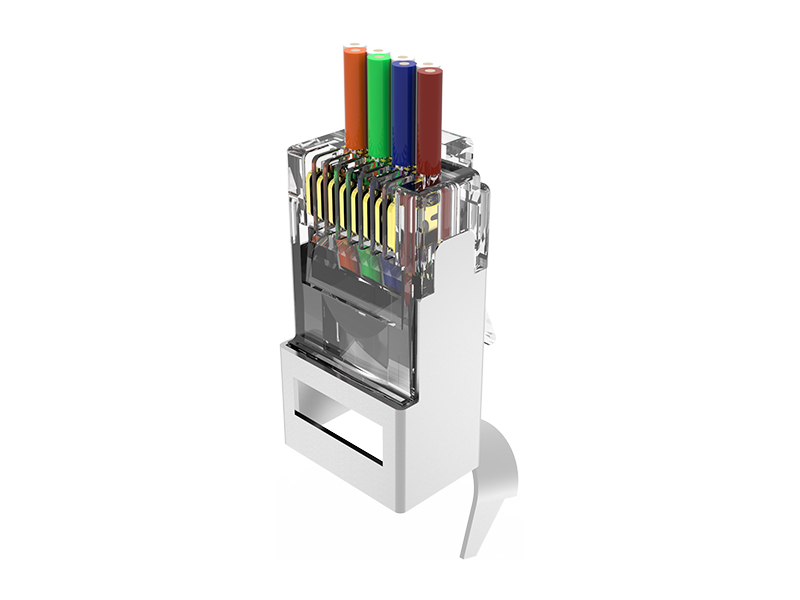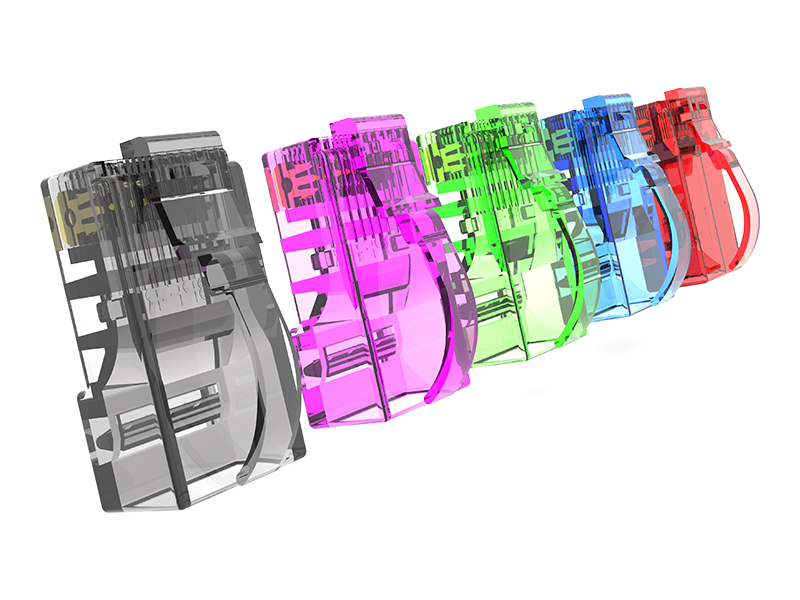With the deepening of globalization, electromagnetic compatibility (EMC) has become one of the important barriers for electronic products to enter the market. As the electromagnetic compatibility regulatory agency in the United States, the FCC (Federal Communications Commission) has strict electromagnetic compatibility requirements for both imported and domestically produced electronic products. For network communication devices such as Shielded 3R Cat.6A Modular Plug, verifying its FCC electromagnetic compatibility is a key step to ensure its legal sale and stable operation in the US market.
1. Understand FCC electromagnetic compatibility requirements
First, it is necessary to clarify the FCC's electromagnetic compatibility requirements for electronic products, including test standards for radiated emissions (RE) and conducted emissions (CE). FCC Part 15 is an electromagnetic compatibility test standard specifically for unauthorized radio frequency devices (including network communication equipment), which specifies the test methods and limit requirements for various types of equipment in detail.
2. Choose a suitable testing agency
In order to ensure the accuracy and authority of the test, a testing agency approved by the FCC should be selected for electromagnetic compatibility testing. These institutions usually have advanced testing equipment and professional testing teams, and can conduct comprehensive and accurate testing in accordance with the requirements of the FCC.
3. Submit samples for testing
Submit the Shielded 3R Cat.6A Modular Plug sample to the selected testing agency for testing. During the test, the agency will test the product in two aspects: radiated emission and conducted emission in accordance with the provisions of FCC Part 15. The test content may include but is not limited to:
Radiated emission test: evaluate whether the electromagnetic radiation generated by the product during operation exceeds the limit specified by the FCC. The test is usually carried out in an anechoic chamber or an open test area to ensure the accuracy of the test results.
Conducted emission test: evaluate whether the electromagnetic interference generated by the product through the power cord, signal line and other conductive paths meets the requirements of the FCC. The test is usually carried out on special test equipment to evaluate the conducted emission performance of the product by simulating actual working scenarios.
4. Obtain test report and certification
After the test is completed, the testing agency will issue a detailed test report. If the product passes the FCC's electromagnetic compatibility test, the testing agency will issue an FCC certification certificate or related certification mark. These certificates and marks are important credentials for the legal sale of products in the US market.
5. Continuous attention and updates
Since the FCC's electromagnetic compatibility requirements may be updated with the development of technology and changes in market demand, it is recommended that manufacturers and importers continue to pay attention to the latest developments of the FCC to ensure that products always meet the latest electromagnetic compatibility requirements.



 中文简体
中文简体 English
English Français
Français Deutsch
Deutsch عربى
عربى


















